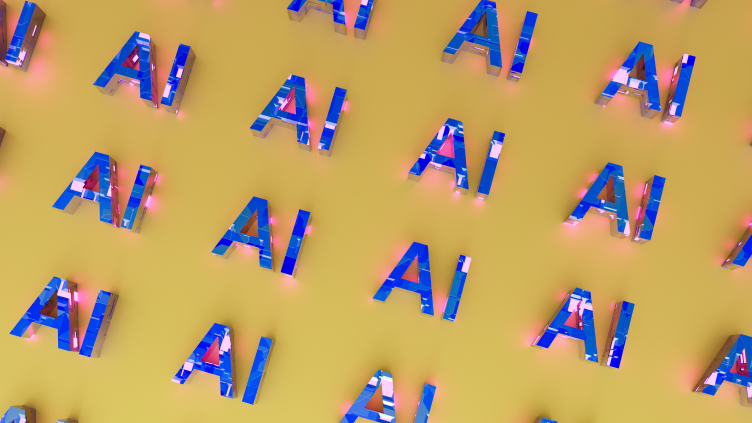Coinbase CEO Brian Armstrong has announced the successful completion of his first crypto transaction entirely managed by AI agents. This marks a new chapter in the ongoing efforts within the industry to develop platforms that allow AI to autonomously execute transactions. Armstrong shared the news on X, writing, “this week at @CoinbaseDev we witnessed our first AI to AI crypto transaction.”
The transaction involved one AI agent — a bot programmed to perform specific tasks — using crypto tokens to interact with another AI agent in order to acquire additional AI tokens. These AI tokens are essentially strings of data that enable algorithms to learn and evolve based on the information they process. “They used tokens to buy tokens,” Armstrong succinctly summarized.
Armstrong further elaborated on the current limitations of AI agents, noting that their effectiveness is hampered by their inability to handle transactions. Without a method to make payments, these AI agents struggle with basic tasks such as booking flights, reserving hotel rooms, or managing social media beyond content creation, such as promoting posts with paid advertising.
“AI agents cannot get bank accounts, but they can get crypto wallets,” Armstrong pointed out. He added that these AI agents can now use USDC on Base, Coinbase’s Ethereum Layer 2 network, to transact with humans, merchants, and even other AI agents. “Those transactions are instant, global, and free,” he emphasized, underscoring the potential for AI to revolutionize not just the crypto space, but the broader economy.
This development comes on the heels of Armstrong’s recent call for large language models (LLMs) — the underlying technology behind popular AI systems like OpenAI’s ChatGPT and Anthropic’s Claude — to have crypto wallets. Armstrong has been vocal about the need for AI agents to be equipped with the tools necessary to participate in economic activities, stating, “Let’s help AI agents get work done (on your behalf) and participate in the economy.”
This news is republished from another source. You can check the original article here








